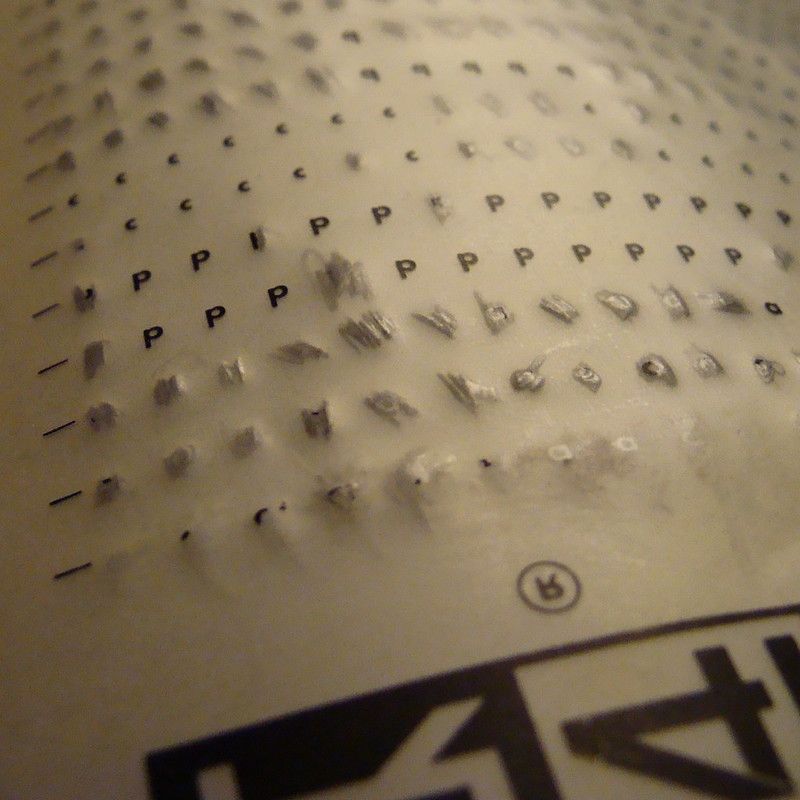Scientific papers are submitted to a journal as word processor files, usually in Microsoft Word format. After the paper is accepted for publication, the journal takes the manuscript and translates the text into a format that is better suited for publication online and/or in print. XML and the NLM DTD – a set of XML schema modules – have evolved as the standard data format for this purpose.
Postagens de Rogue Scholar

Richard Grant, who needs no introduction here on Nature Network, has just moved to London to start a new job as information architect for Faculty of 1000. I took this opportunity to ask Richard a few questions not only about Faculty of 1000, but also about his role in the company and future plans for the service that they have in mind. 1. Can you describe what Faculty of 1000 is and does?
Practically all scientific journals now use web-based systems for paper submissions and peer review. This saves the authors a lot of time compared to paper submissions by postal mail (until 15 years ago) or email (until 5 years ago). Unfortunately the submission process is still far from perfect and requires authors to spend many hours formatting manuscripts, references and images instead of focusing on the scientific content.

Zotero is a reference manager built as an extension of the Firefox web browser. The best introduction to Zotero is probably this short video. Last week the newest version (1.5 beta) was announced on the Zotero blog. Among the most exciting new features is the synchronization of library data with the Zotero server, which in the future will allow a lot of interesting social features.

Finishing an exciting research project and writing it up in a paper are the first two steps in getting your work published. The next two steps – submitting your paper to a journal and getting it through the review process – have changed dramatically in the last 10-15 years.

Almost exactly two years ago, CrossRef invited a number of people to discuss unique identifiers for researchers ( CrossRef Author ID meeting ). One year ago Thomson Reuters launched ResearcherID ( Thomson Scientific launches ResearcherID to uniquely identify authors ). And two months ago Phil Bourne and Lynn Fink wrote about this topic in a PLoS Computational
One interesting session at ScienceOnline09 was Social networking for scientists, moderated by Cameron Neylon and Deepak Singh. We now have so many of these social networking sites, that it becomes difficult to differentiate between them and to see how they can interact with each other. One important category is social bookmarking sites for scientists. I spoke with Kevin Emamy from CiteULike to find out more. Most of the CiteULike team.
The ScienceOnline09 meeting last weekend not only had a number of interesting presentations and discussions, but even more importantly, was a great opportunity to personally interact with a great number of people that share your ideas and interests.
What started out as a few questions to science bloggers in the Nature Network Bloggers Forum , has turned into a collection of more than 30 blog posts not limited to Nature Network (big thanks to Bora and others for spreading the word). The following science bloggers answered a set of 10 questions about their blogging (roughly in chronological order): Henry Gee Eva Amsen Steffi Suhr Stephen Curry Maxine Clarke
Henry was the first Nature Network blogger to answer a few questions about science blogging that we discussed in the Nature Network Bloggers forum. Some more posts can be found here and here. 1. What is your blog about? I am interested in how the internet is changing the way we publish and communicate science. I write from the perspective of someone that consumes and sometimes produces science.